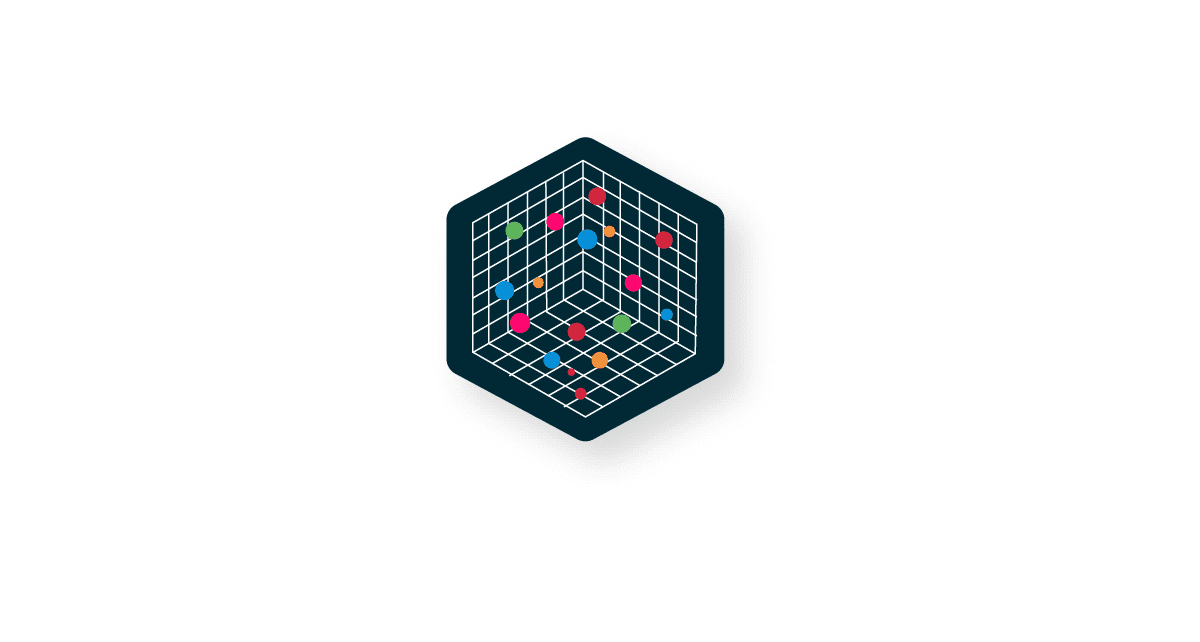
Updated on by Hayley Brown
What are vector databases?
Vector databases are specialized databases designed to store, index, and search vector embeddings, numerical representations of data such as text, images, audio, or video. They are typically used in AI and machine learning applications, especially those involving semantic search, recommendation systems, and large language models (LLMs).
To break it down a vector is a list of numbers that represents the features of a piece of data. For example, The word “apple” might be represented as a 512-dimensional vector: [0.12, -0.98, …, 0.45]
These vectors capture the semantic meaning of the data so that similar content has similar vectors.
Why use a vector vatabase?
Traditional databases like SQL and NoSQL are optimized for exact matches or range queries. Vector databases on the other hand are optimized for approximate nearest neighbour (ANN) search, which answers questions like:
“Which documents are semantically similar to this query?”
Use cases:
- Semantic search (e.g., search by meaning instead of keyword)
- Image similarity search
- Audio or video matching
- Chatbot context retrieval (RAG)
How do they work?
Vector databases work in a number of ways:
- Ingestion: Data (text, image, etc.) is converted into vectors using embedding models.
- Indexing: Vectors are indexed using ANN algorithms like HNSW, FAISS, or IVF.
- Querying: You input a query (like a sentence), which is also embedded into a vector.
- Retrieval: The database finds the closest vectors using distance metrics (e.g., cosine similarity).
What’s on the market?
There are a number of popular vector databases on the market:
| Database | Key Features |
| Pinecone | Fully managed, scalable, designed for RAG |
| Weaviate | Open-source, supports hybrid search (keyword + vector) |
| Milvus | High-performance, suitable for large datasets |
| Qdrant | Open-source, built-in filtering and metadata |
| FAISS | Facebook library, fast and powerful, self-hosted |
| Chroma | Lightweight, often used with LangChain or LLM apps |
Deep Dive into Pinecone
Pinecone is a fully managed vector database designed for high-performance similarity search and retrieval-augmented generation (RAG) use cases in AI applications. It allows developers to store and search vector embeddings efficiently and scalable, without managing infrastructure.
Key Features of Pinecone
- Managed Infrastructure: No need to handle indexing, scaling, or hosting—it’s all taken care of.
- High-Speed Vector Search: Supports approximate nearest neighbor (ANN) algorithms for fast and accurate similarity search.
- Scalability: Easily handles millions to billions of vectors across distributed systems.
- Metadata Filtering: Combines vector similarity with structured metadata filtering (e.g., filter by user, tag, date).
- Real-Time Index Updates: Add, update, or delete vectors on the fly with low latency.
- Namespace Support: Logical separation of data (e.g., for different users or use cases).
- Multi-tenancy: Built-in support for managing data across multiple apps or users.
Use Case: Building a RAG Knowledge Agent with Pinecone
We’re going to show you how to build a powerful RAG Knowledge Agent that seamlessly integrates Slack, Google Drive, Pinecone and ChatGPT. This agent is designed to intelligently answer user queries by pulling relevant questions from a designated Slack channel, retrieving corresponding video scripts from Pinecone’s vector database, and using ChatGPT to generate contextual responses based on a tailored prompt.
Let’s take a look at how it works with a real example.
In conclusion, this integration workflow can easily be adapted to a wide range of use cases. For example, you could build an HR agent to help sort and analyze resumes, or an education agent to search school catalogs and provide quick answers to student inquiries. With Cyclr’s low-code platform, you can focus on building your own custom use case quickly and without the hassle of complex IT setup.
Conclusion
A vector database enables efficient search over unstructured data by using machine-learned representations (embeddings) instead of exact keywords. They’re essential for building AI applications where semantic understanding and similarity are key.
Cyclr is a great embedded iPaaS option that can focus on building custom use cases for AI integration and other integration opportunities. Get in touch with a member of the team to discuss how we can help you.